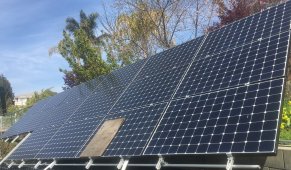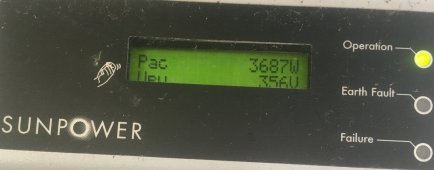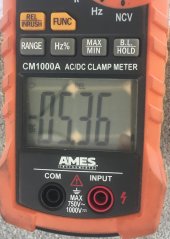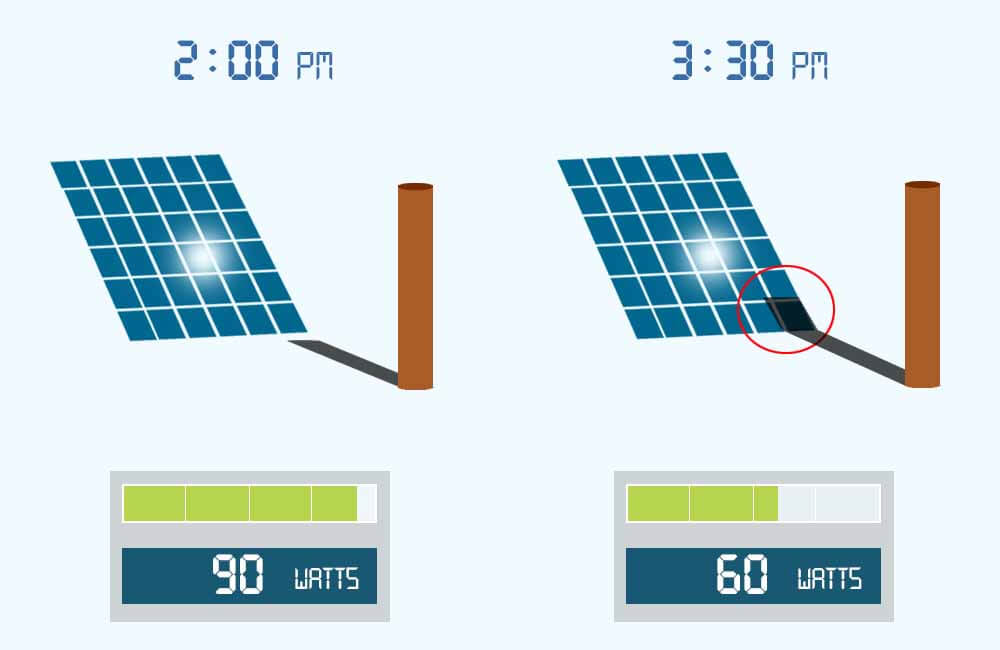I actually tested this years back on my RV roof when I had shading issues in some parking spots, and parallel configuration produced more energy over the course of a day than if I put them all in series. Great discussion above and I figured series would be better, but parallel was actually superior. There was always a noticable increase.
It does depend on the wiring configuration, SCC being used, how fast the mppt can track and change when shading does occur (some are very slow), nominal voltage of battery bank and how well it's matched to the panels, and the converters input to output differential.
Victrons excel with shading because they can track multiple power points and track very quickly.
But overall, I found parallel did produce more. It was quite interesting. I always figured the bypass diode would only drop the voltage a little bit, but it seems to really throw something off and reduce output.
It does depend on the wiring configuration, SCC being used, how fast the mppt can track and change when shading does occur (some are very slow), nominal voltage of battery bank and how well it's matched to the panels, and the converters input to output differential.
Victrons excel with shading because they can track multiple power points and track very quickly.
But overall, I found parallel did produce more. It was quite interesting. I always figured the bypass diode would only drop the voltage a little bit, but it seems to really throw something off and reduce output.








